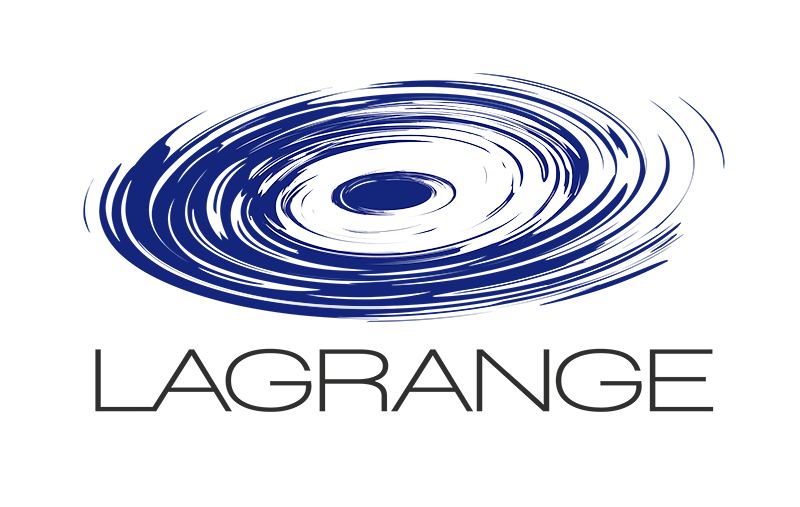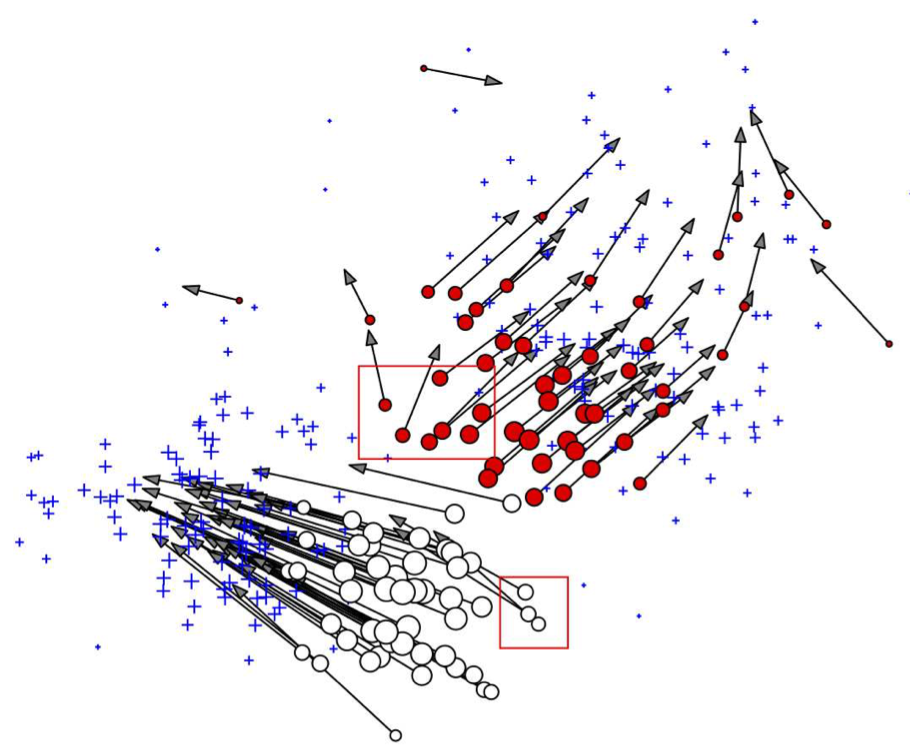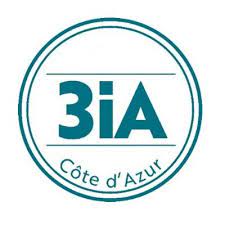Research in astronomy
Astronomers have been collecting photons emitted from various regions of the Universe since millenaries. For that purpose, each civilization has imagined, built and often transmitted to their successors various instruments, resulting in an arsenal of observation techniques and devices, of which the current instruments are often, at least in their principles, the direct descendants. Because astronomy is fundamentally an observational Science, astronomers have been continuously scrutinizing the Earth's atmosphere, their instruments and their data. And they have constantly been relying on data modeling and analysis techniques to understand the astrophysical information collected by their instruments, and to extract it from the data. Astronomy has thus a natural, deep and long term acquaintance with atmospheric optics, the quest for new optical concepts, applied mathematics, and signal processing.
Astronomy of the twenty-first century is increasingly more driven by very large international projects aimed at building extremely ambitious instruments. Such instruments are designed to challenge our current understanding of the Universe, and their achievement necessitates important breakthroughs with respect to technology at the time they are conceived. Obviously, these breakthroughs may regard the physical location of the instrument (testing and equipping new high altitude low turbulence sites on Earth, or synchronizing and connecting the observation facilities of multiple terrestrial sites separated by thousands of kilometers), and hardware technologies (such as ultra low-noise detectors or high precision optical devices). But this is only half way to success, because modern astronomical data are often extremely complex and large in size. Without dedicated processing methods, the scientific exploitation of such instruments remains very poor considering their financial cost and the whole information that could potentially be extracted from these instruments.
A first common characteristic of modern astronomical instruments is their high complexity. This complexity poses unprecedented modeling and calibration problems, which directly imperils their exploitation. Another characteristic is that these instruments are conceived to cover large observation domains (for instance very wide fields of views or very large wavelength ranges) with very fine sampling grids in each dimension. This implies that, regardless of how high is the fidelity of the hardware technology, the targeted astrophysical information remains at the instrument detection/estimation limit. The instrumental complexity and the faintness of the information to be extracted challenge simultaneously modeling, detection, and estimation techniques. Finally, the volume of data generated by these high resolution instruments is often huge, which poses storage and computational problems.
Astronomical data processing
Signal processing techniques devoted to modern astronomical instruments must be extremely accurate, robust (allowing to cope with misspecified direct model errors and with outliers) and implementable at very low computational and memory costs. In this context, our group is active in several domains of signal processing, both at the theoretical and application levels. Theoretical aspects regard information and data modeling (including statistical learning techniques and sparse models), estimation methods & inverse problems (in particular through dedicated regularization terms and/or statistical priors), hypothesis testing (in particular for weak alternatives in large scale data) and optimization. Applications to recent instruments or projects include SPHERE (exoplanet detection), MUSE (in particular detection and estimation of distant and faint galactic sources), VLTI (image reconstruction for polychromatic interferometers such as AMBER) and recently the SKA and some of its pathfinders (dedicated image priors, statistical characterization of the direct model, approaches to solve large scale inverse problems including optimization strategies).
Contacts: André Ferrari, David Mary, Céline Theys-Ferrari, Rémi Flamary, Henri Lantéri, Claude Aime
Atmospheric optics and site-testing
Ground-based astronomy is severely limited by atmospheric turbulence. Advances in atmospheric optics, particularly in characterizing atmospheric turbulence and modeling its effects on astronomical image formation, have made important contributions to improving the resolution of ground-based optical instruments. Our group brings together a large knowledge of light propagation in turbulent media, physics of the atmosphere and instrumental development. Together with a unique set of instruments to probe the atmospheric turbulence, this expertise has earned our team to intervene in the site-testing of major projects, including existing telescopes of the 8-10 m class and future Extremely Large Telescopes (ELT) such as the E-ELT (European 40m Telescope) and the TMT (american 30m Telescope). Our group is also in charge of the qualification of very promising sites such as Dome C in Antarctica and Ali in the high altitude plateau in western Tibet. Our group is also very active in optical turbulence prevision with the use of 3D non-hydrostatic meteorological models, such as Weather Research Forecast (WRF) coupled with the Trinquet-Vernin parametrization.
Contacts: Jean Vernin
High-angular resolution & high-contrast imaging techniques
High-angular resolution (HAR) techniques aim at revealing the smallest details possible from astronomical object observations, by obtaining the theoretical angular resolution of large telescopes (namely  , where
, where  is the observing wavelength and
is the observing wavelength and  the telescope diameter) in spite of atmospheric turbulence. In addition, high-contrast imaging (HCI) techniques, such as stellar coronagraphy, aim at revealing the faintest possible details around much brighter objects, e.g., permitting the detection of an exoplanet orbiting its parent star.
the telescope diameter) in spite of atmospheric turbulence. In addition, high-contrast imaging (HCI) techniques, such as stellar coronagraphy, aim at revealing the faintest possible details around much brighter objects, e.g., permitting the detection of an exoplanet orbiting its parent star.
From a theoretical point-of-view, our group has developed instrumental concepts such as the Apodized Lyot Coronagraph (ALC) for HCI, a concept that is giving impressive results within the instrument SPHERE (Spectro-Polarimetric High-contrast Exoplanet REsearch, mounted on the Very Large Telescope, VLT, of the European Southern Observatory, ESO, Chile).
Contacts: Claude Aime
Research in other areas
Surveillance methods and real-time sensing for system monitoring
System surveillance deals with real-time monitoring of persistent and transient phenomena within a given environment. The primary objective is to provide an automatic interpretation of scenes and to predict their evolution based on the information acquired by sensors. For instance, hyperspectral imaging provides 2D spatial images over many contiguous bands that allow to identify and quantify distinct materials from remotely observed data. Applications include land use analysis, mineral detection, environment monitoring, field surveillance, etc. System surveillance plays a central role within the area of signal and image processing, and deals with research topics such as system modeling, classification, detection and estimation with centralized or distributed techniques.
Contact: Cédric Richard, André Ferrari, Rémi Flamary
Contact person
André Ferrari
Andre (dot) ferrari (at) univ-cotedazur (dot) fr
Administrative assistant
Julie Frisetti
julie (dot) frisetti (at) oca (dot) eu
Website
André Ferrari
Andre (dot) ferrari (at) univ-cotedazur (dot) fr
Address
Laboratoire Lagrange
Batiment Fizeau
Facultés des Sciences
Université de Nice Sophia Antipolis
Parc Valrose
06108 Nice cedex 2 France
Access by public transportation (Lignes d'Azur)
Access to main entrance:
-
Tramway stop “Valrose Université”
-
Bus stop “Vallot” (lines 23, 24, T37)
Access to Cimiez entrance:
-
Bus stop “Prince de Galles” (lines 15, 22)
Contact person
Cédric Richard
cedric (dot) richard (at) unice (dot) fr
Administrative assistant
Delphine Saissi
delphine (dot) saissi (at) oca (dot) eu
+33 (0) 4 92 07 63 60
Website
Rémi Flamary
remi (dot) flamary (at) unice (dot) fr
Address
Laboratoire Lagrange
Batiment Fizeau
Facultés des Sciences
Université de Nice Sophia Antipolis
Parc Valrose
06108 Nice cedex 2 France
Access by public transportation (Lignes d'Azur)
Access to main entrance:
-
Tramway stop “Valrose Université”
-
Bus stop “Vallot” (lines 23, 24, T37)
Access to Cimiez entrance:
-
Bus stop “Prince de Galles” (lines 15, 22)
Are you MAD ?
Les séminaires MAD sont destinés à l'ensemble des étudiants et personnels scientifiques de l’Université de Nice Sophia Antipolis et de l'Observatoire de la Côte d'Azur. Ils constituent un espace d'apprentissage et de discussion des mathématiques à l’œuvre en analyse de données. Chaque rencontre s’articule autour d’un exposé d'une heure, qui présente dans une première partie un thème mathématique de façon simple mais rigoureuse, et dans la deuxième partie un lien de ce thème avec le traitement de données réelles. Dans un souci d'interactivité, questions et commentaires sont largement encouragés durant les exposés.
Organisation: Cédric Févotte, Rémi Flamary et David Mary (Laboratoire Lagrange) et Jean-Daniel Fournier (Laboratoire Artémis).
Contact: cfevotte{NOSPAM}@unice.fr
INSCRIPTION À LA LISTE DE DIFFUSION
Archive
-
11 mars 2016 à 11h - Valentin Emiya (LIF, Marseille)
(How) Can we inpaint sounds like images?
Lieu: Salle Olivier Chesneau, Bâtiment Fizeau, Faculté des Sciences, Valrose. -
26 février 2016 à 11h - Frédéric Precioso (I3S, Nice)
Une introduction au Deep Learning
Lieu: Salle Olivier Chesneau, Bâtiment Fizeau, Faculté des Sciences, Valrose. -
29 janvier 2016 à 11h - Frantz Martinache (Laboratoire Lagrange, Nice)
Kernels, kernels… are you nuts?
Lieu: Salle de conférence du Laboratoire Dieudonné, Faculté des Sciences, Valrose. -
11 décembre 2015 à 11h - Jérémie Bec (Laboratoire Lagrange, Nice)
La dispersion relative en turbulence comme une marche aléatoire à temps continu
Lieu: Salle de conférence du Laboratoire de Chimie, Bâtiment D, Faculté des Sciences, Valrose. -
5 octobre 2015 à 11h - Devis Tuia (Université de Zurich)
Aligning manifolds in remote sensing
Lieu: Salle de conférence du Laboratoire de Chimie, Bâtiment D, Faculté des Sciences, Valrose. -
12 juin 2015 - Sébastien Bourguignon (IRCCyN, Nantes)
Optimisation exacte de critères parcimonieux en norme L0 par programmation mixte en nombres entiers
Lieu: Salle Von Derwies (Petit Château), Facultés des Sciences, Valrose. -
21 mai 2015 - Juliette Leblond (INRIA Sophia Antipolis)
Problèmes inverses de transmission de données et de localisation de sources pour le Laplacien
Lieu: Salle de conférence du Laboratoire de Chimie, Faculté des Sciences, Valrose. -
17 avril 2015 - François Mignard (Laboratoire Lagrange, Nice)
Analyse en fréquence sur un échantillonnage irrégulier avec FAMOUS
Lieu: Observatoire de la Côte d'Azur, Mont-Gros. -
27 mars 2015 - Jean-Daniel Fournier (Artémis, OCA)
Trois phénomènes bizarres mais probables ou certains
Lieu: Salle de conférence du Laboratoire Dieudonné, Faculté des Sciences, Valrose. -
2 mars 2015 - Nicolas Courty (IRISA, Rennes)
Analyse et synthèse pour la modélisation de foule par ordinateur -
30 janvier 2015 - Christine Malot (Laboratoire Dieudonné, Nice)
Méthodes statistiques permettant la détection des connectivités fonctionnelles dans le cerveau
Lieu: Salle de conférence du Laboratoire Dieudonné, Faculté des Sciences, Valrose. -
19 novembre 2014 - Uriel Frisch (Laboratoire Lagrange, Nice)
A quoi ça sert la très haute précision dans les simulations numériques ?
Lieu: Salle de conférence du Laboratoire Dieudonné, Faculté des Sciences, Valrose. -
30 octobre 2014 - Guust Nolet (Laboratoire Géoazur, Nice)
Imaging the Earth's interior: solving massive inverse systems.
Lieu: Faculté des Sciences, Valrose. -
7 juillet 2014 - Lionel Fillatre (I3S, Nice)
Classification Bayésienne avec critère quadratique.
Lieu: Observatoire de la Côte d'Azur, Mont-Gros. -
18 avril 2014 - Stéphane Canu (LITIS, Rouen)
Sélection de modèle pour la factorisation de matrice.
Lieu: Faculté des Sciences, Valrose. -
10 mars 2014 - Jean-Daniel Fournier (Laboratoire Artémis, Nice)
Approximants rationnels en présence de bruit. Application à des données de diffusion atomique.
Lieu: Observatoire de la Côte d'Azur, Mont-Gros. -
7 février 2014 - Stéphane Operto (Laboratoire Géoazur, Nice)
Imagerie de l'intérieur de la Terre par inversion de formes d'onde: de la théorie à la pratique.
Lieu: Observatoire de la Côte d'Azur, Mont-Gros. -
16 décembre 2013 - Claude Aime et Rémi Flamary (Laboratoire Lagrange, Nice)
Optimisation quadratique, application à la détection d'exoplanètes.
Lieu: Observatoire de la Côte d'Azur, Mont-Gros.
Past faculty staff
- Gérard Alengrin, retired
- Jean Vernin, retired
- Cédric Févotte, IRIT, Toulouse
- Olivier Michel, Gipsa-Lab, Grenoble
- Rémi Flamary, Ecole Polytechnique
Past PhD students (since 2009)
- Andrea Abelli
- Jie Chen, professor, Northwestern Polytechnical University
- Wei Gao
- Liu Liyong
- Hoang Nguyen
- Silvia Paris, Lead Engineer, San Francisco Bay Area
- Raja Suleiman, Senior Lecturer, University Kuala Lumpur
- Rita Ammanouil, Software & AI Engineer, Mauritius
- Roula Nassif, Assistant Professor, I3S Univ. Côte d'Azur
- Raphael Rougeot, System Engineer ESA/ESTEC
- Ricardo Borsoi, CNRS researcher, University of Lorraine
Past postdocs (since 2014)
-
Anthony Schutz
Staff as of 1st March 2022
Faculty staff
- André Ferrari (current head of the group)
- Simon Prunet
- Cédric Richard
- Sara El Bouch
- Céline Theys
PostDoc
- Sunrise Wang
Staff emeritus
- Claude Aime
- Henri Lantéri
PhD Students
- Yacine Khacef
- Mathieu Donnadille
- Priyam Tripathi
- Quentin Villegas
Administrative assistant
-
Julie Frisetti
Les activités de l’équipe se déclinent tout d'abord selon des recherches fondamentales en traitement des données et apprentissage statistique qui lui confèrent un puissant ancrage dans la communauté des Sciences et Technologie de l’Information. Les compétences et outils qu’elle développe sont ensuite apliquées afin de réaliser un traitement au niveau de l’état de l’art des données issues des sciences de la planète et de l’Univers.
Domaines des contributions méthodologiques majeures de l'équipe
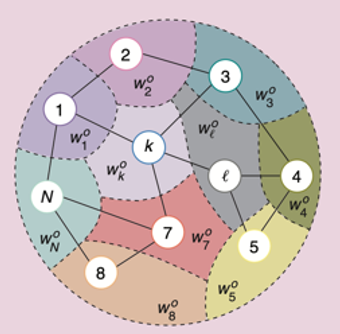 |
Traitement distribué et en ligne de l’information |
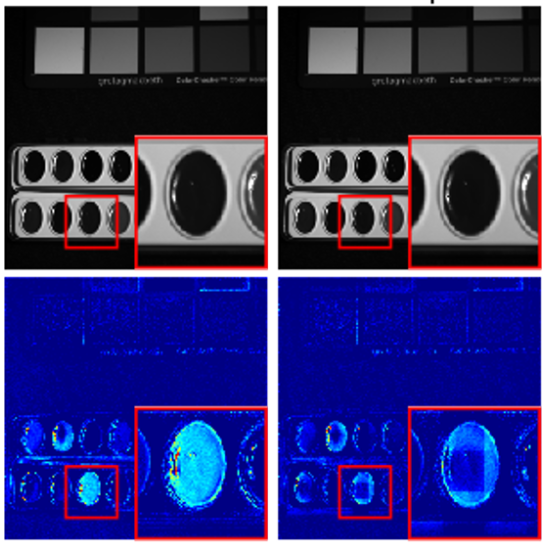 |
Traitement des cubes hyperspectraux |
|
|
Traitement statistique du signal et problèmes inverses |
|
|
Machine Learning |
Domaines d'application privilégiés
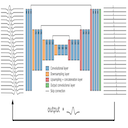 |
La résolution de problèmes inverses | |
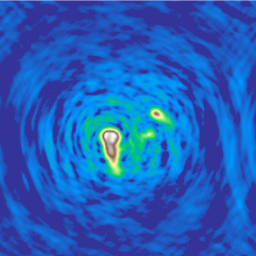 |
Le traitement de données pour la radioastronomie, dans la perspective de SKA |
|
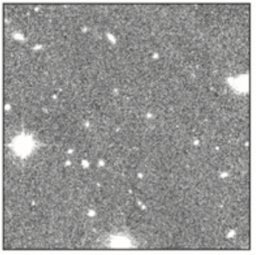 |
L'application de techniques d'apprentissage statistique à des problèmes de cosmologie |
|
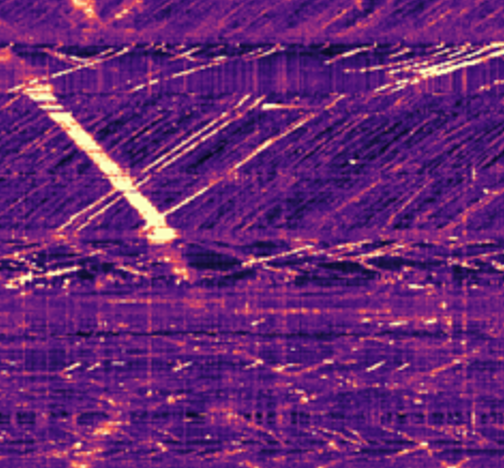 |
L'utilisation de la technologie DAS pour les villes intelligentes |
|
 |
L'analyse de coronographes Solaire et stellaires |
L'équipe intéragit avec l'institut 3IA Côte d'azur
Les recherches de l'équipe sont menées en partie grace au soutien de l'Agence Nationale de la Recherche
|
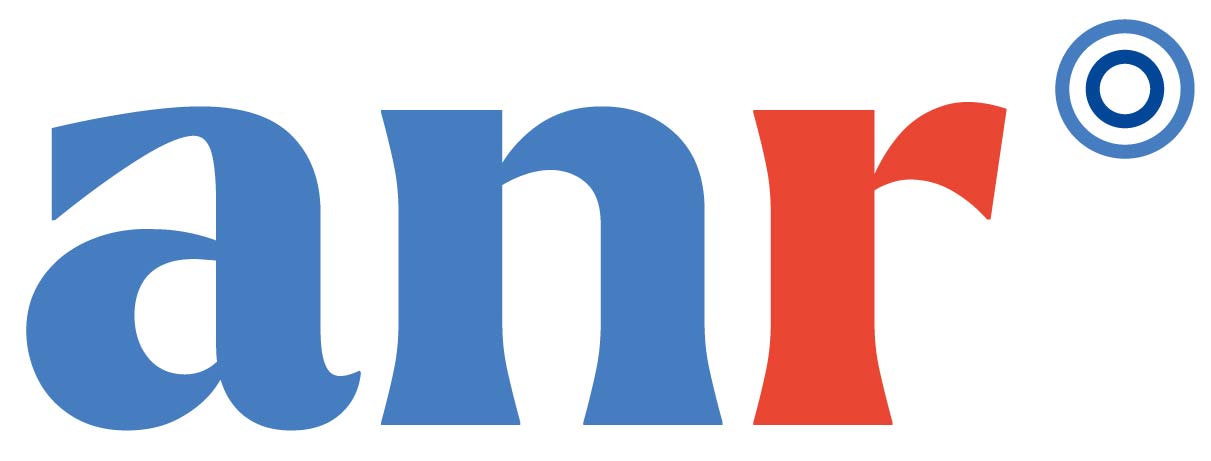 |
UMR LAGRANGE
Observatoire de la Côte d’Azur
Boulevard de l’Observatoire
CS 34229 - F 06304 NICE Cedex 4
Tél. : +33 (0)4 92 00 30 11
Fax : +33 (0)4 92 00 30 33
